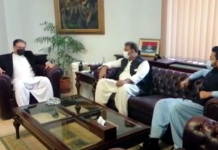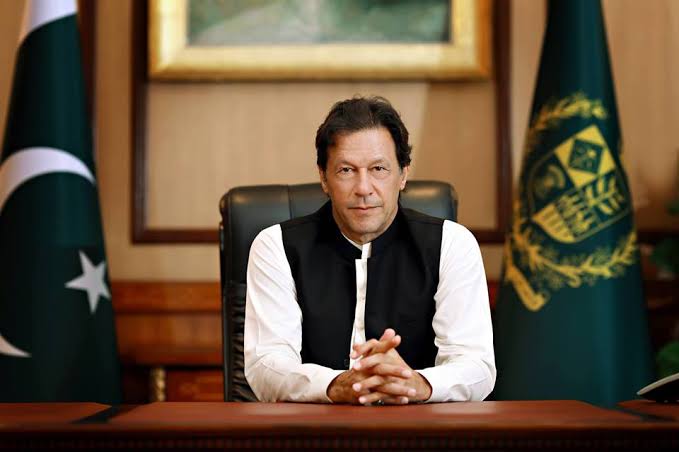LAHORE – The identity of Seraiki has survived attacks after attacks and massacres after massacres in the last four centuries and now the time has come to work on the preservation and improvement of the Seraiki culture, language and rights.
Historian Hafeezullah Khan said this at the meeting of Seraiki Study Circle held at the Action and Dialogue Centre of the Foreman Christian College (FCC). FCC English Department head Dr Nukhbah Taj Lanagh moderated the session.
Khan, who has authored over a dozen books on Seraiki history and literature, said the ever-evolving history demanded that the basic elements of the identity of a nation be redefined after every three decades.
“In the pre-partition era, religion was taken as the base of a nation’s identity, but the fall of Dhaka proved that religion was not a binding force,” Khan said, adding the identity of Seraikis should be now based on their culture, language and area.
“The dilemma of the Seraki wasaib is the planned settlement of internal immigrants, mostly industrialists and retired army officers who are being allotted lands there, to change the demography of the area,” he said, adding the area had long been a treasure trove for attackers for centuries.
He said the Seraiki area was the only belt which was invaded by Arabs, Iranians, Afghans, British and Sikhs. Every invader would massacre teachers and artists, enslave women and spare artisans. “History tells that court of Mahmood Ghaznvi was overcrowded with Seraiki women slaves that it looked like a Seraiki court,” he said.
The attackers tried to erase the identity of Seraikis through imposing their culture on the people. Iranians came exalting their pride peacock, while the Raj eulogised lion. “One of the victims of the imposing culture is crow, which is a local bird. A crow’s caw shows the signs of life and Nature blessings at a particular place but this bird was so demonised that son of soil like Khwaja Ghulam Fareed also calls it an unwanted bird.”
Dr Langah stressed the need to correct the history of the Seraiki area. The history about the Seraiki area was written by the invaders. Dr Khan said that the basic source of the Seraiki history – Fatahnama Sindh – was written by an Arab and later translated into Persian by an Iranian. He said that after the fall of Multan by Arabs, the first Seraikis’ rulers, the Sumras, were secular. But they were fallen by Shahabuddin Gahuri, who deemed them infidels.
Dr Khan said after every savage and brutal attack, the Seraikis would show resilience, getting hope and energy from poetry like kaafi. “The Seraiki poetry and other literature is so strong, that it can compete any literature in the world,” he said. Dr Langah concluded the session, stressing the need for a political movement to secure rights of Seraiki areas.













